InDesigner: Jana Rade
Learn how one designer creates cookbooks with style and efficiency

Jana Rade is a designer, writer, layout specialist, and desktop publisher with over 24 years of industry experience. She grew up in what was formerly Czechoslovakia, and after finishing basic education, she enrolled in an economy college. After graduating, Rade dabbled in a few positions within payroll and purchasing, but nothing seemed to stick. Growing up, Rade’s father worked as a typesetter for a book press, so she was familiar with the craft from a young age. After the Velvet Revolution, an opportunity arose in a local print shop in the sales department. Over the course of her time there, however, Rade ended up getting to work in both the typesetting and printing departments. Eventually, she accepted an offer for post-grad education in exchange for a five-year contract working in the print shop. “I was always drawn to the air of the print shop, no matter how dirty it was,” she joked. Few designers working today can say their journey began in a traditional print shop working with metal type, so I was curious to see how her early experience impacted her more recent design career. “I learned the basics about typography, layout, and printing techniques, though all that was quite limited by available resources. It was painstaking and fascinating both at the same time, just learning where all the letters were in the large drawers, especially the small type,” she explained. “I learned a lot of things I’m happy I don’t have to care about now that I work on the computer, such as having to calculate and measure all of the blank spaces precisely if you didn’t want your form to blow up.” After five years of exploring various places and opportunities, Rade eventually moved to Ontario, Canada where she got a
job at a small design studio as a chief designer. Two years in, Rade realized she preferred working directly with her clients and decided to take her career freelance, which she’s been doing ever since.

A German cookbook on quick recipes that Rade designed. “I seek out book design and layouts. I particularly love cookbooks and similar books that are image heavy,” she said.

Although this cookbook isn’t very complex or detailed, it is minimal and simple with plenty of white space. As Rade prefers, the images lead the content.
Fast Design for Quick Recipes
Rade primarily focuses on layout work, including books, book covers, cookbooks, magazines, and reports—to name a few. She seeks out book and magazine design, particularly cookbooks and other publications that are image heavy. One specific project Rade worked on was a German cookbook focused on quick recipes. Rade’s specialty is her clever use of styles and her ability to quickly format books with them to deliver a finished job on time and on budget. Because cookbooks consist of repeating recipe formats (e.g., ingredient list, instructions, cook time), programming those layout and design styles drastically reduces her working time.

Here are the main styles Rade used on the recipe title, which include character formats and indents and spacing. These are consistent throughout the entire cookbook.
The Design Process
To begin her design process, Rade first assesses what the project is. If it’s to fit within a brand, she starts by deep diving and reviewing the brand itself. “I’m a stickler for brand consistency, though to me it doesn’t mean that everything has to be the same; it just means that everything is recognizable,” she said. With other projects, she reviews the synopsis, assets, client vision, audience, and existing pieces of work. Overall, Rade said that she designs things as the brand, subject, or client’s vision (within reason) calls for. I asked Rade if she had a “signature style” or something that her clients can expect of her work. She replied, “If I was to say I have a preferred style, it would be clean, organized, and minimalist with tons of white space. I like contrast, such as between type size and weight, but I don’t think that’s a style, that’s just the way it should be.”

In this example, Rade removed all styles to show what the recipe content looks like in raw format, as well as the level of formatting and design changes that can be accomplished by using the right styles.
Using Styles
After Rade assesses the project, she’s able to move into thinking about how she wants it to look. “One thing I learned by doing a manual typeset is this: Instead of being overwhelmed by a blank page, start with what you know and how you want it. The rest falls into place naturally,” she said. “I’ll sit there and think up how I could program things to find the easiest and fastest way of achieving the look I want. I might even be inspired when I’m walking my dog. When I have a complex task, I prefer to put the extra time into planning the most efficient way of doing it, rather than spend hours doing it the hard way.” Rade explained that she uses paragraph styles and object styles for just about everything. She uses some font styles for bolding or italicizing and nested styles within paragraph styles. Even if it’s a very loose layout, she’ll assign styles to everything. Simply put, Rade likes to work smarter, not harder, and taking advantage of paragraph styles streamlines her work. With just one click, she’s able to format sections of text, which is especially helpful when designing cookbooks where each recipe is laid out in the same fashion. Not only can paragraph styles speed up the process, they also can help maintain consistency and make it easier to implement universal changes on the fly. Whatever it is you’re designing, take it from Rade: Defining and applying styles can save you time, simplify your work, and keep formatting consistent. “By styles, I don’t mean over-styling with too many ‘doo-dads,’ but rather using styles whether they’re simple or not,” she explained. What are the biggest and most common challenges Rade faces when designing? “Too much content for too little space,” she answered, “and clients not understanding visual hierarchy and wanting everything to stand out.” 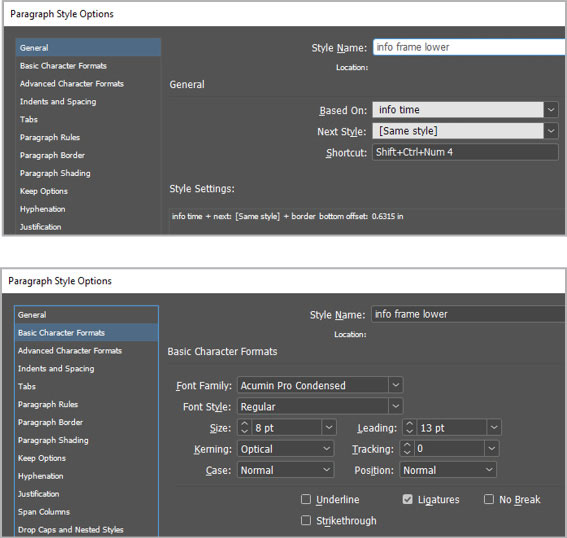
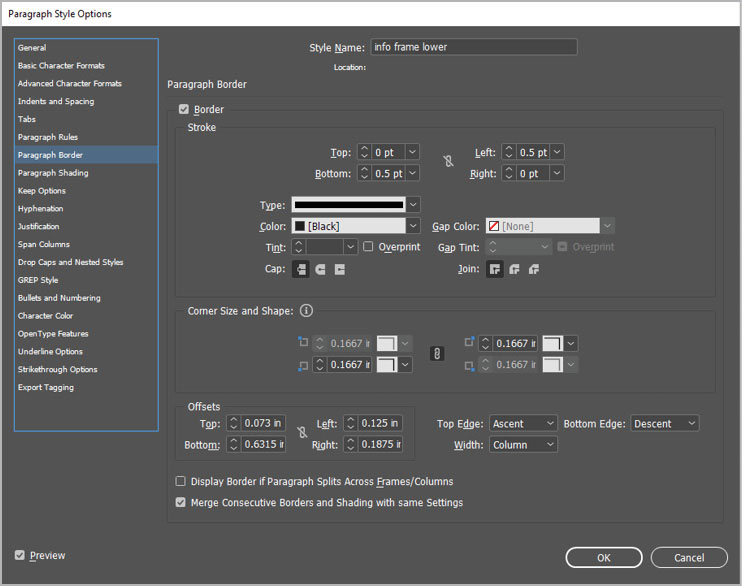
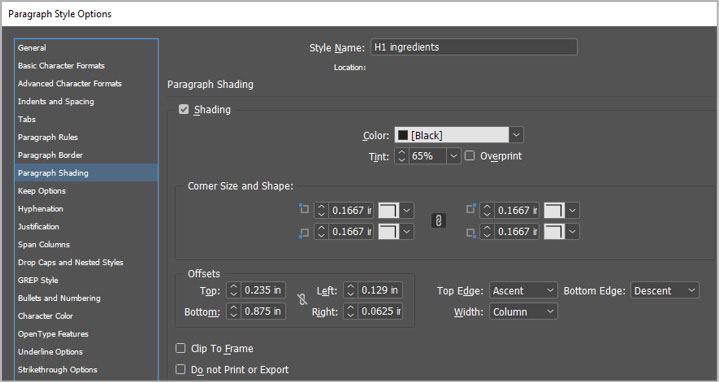

These nested styles relate to the detailed recipe information. They are not just individual styles, but rather style sequences. In this cookbook, Rade used everything but the kitchen sink—from fonts and column controls to shading controls and consecutive style application controls.
Beyond Design
In addition to freelance design, Rade is an avid dog health advocate and dog writer. In 2017, she wrote and designed the award-winning guide-book, Symptoms to Watch for in Your Dog: How to Tell if Your Dog Is Sick and What to Do Next. She remains active in the dog health community and regularly contributes to blogs, forums, and magazines.

Rade’s book, Symptoms to Watch for in Your Dog: How to Tell if Your Dog Is Sick and What to Do Next, has won two awards.
Commenting is easier and faster when you're logged in!
Recommended for you
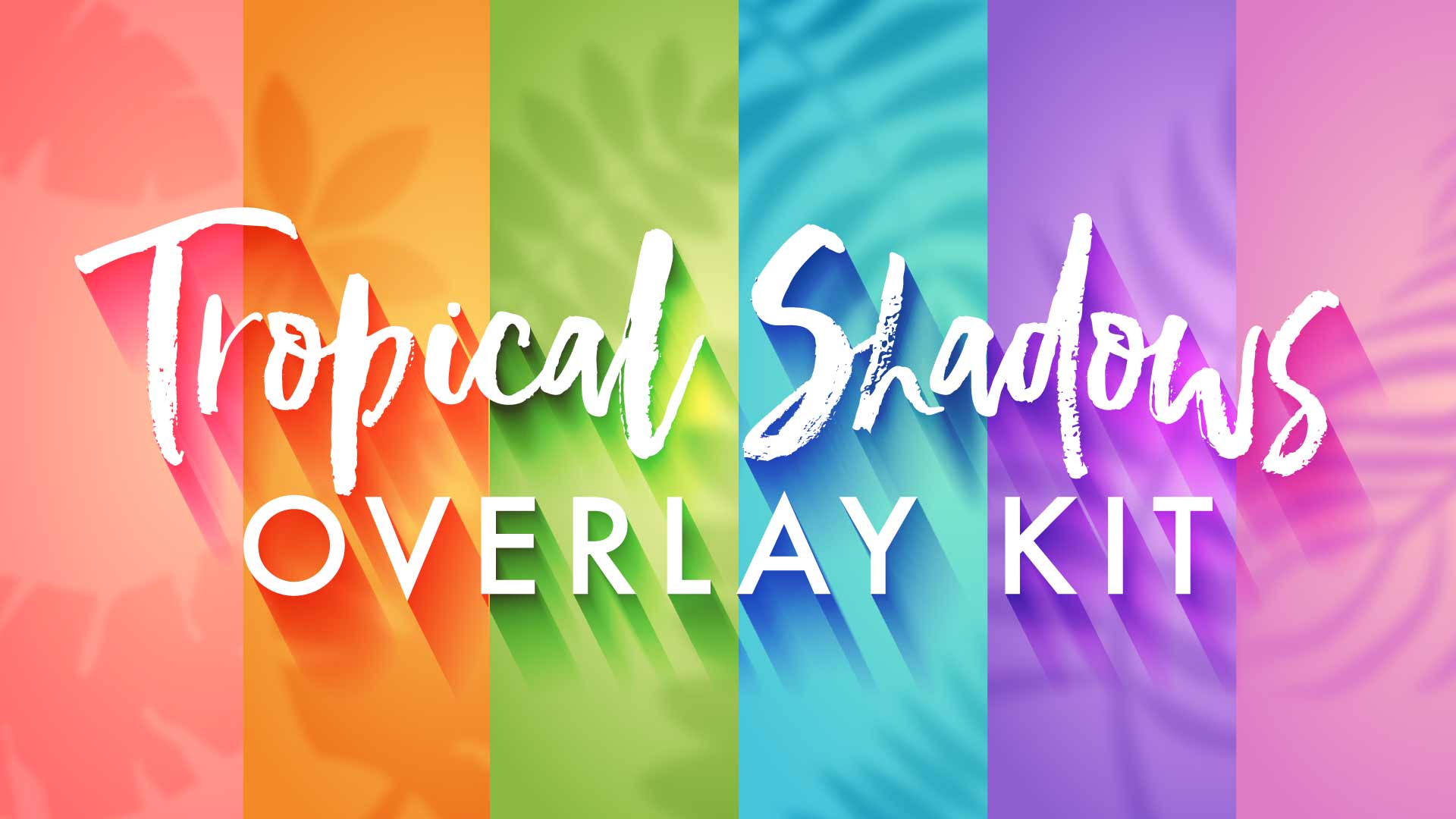
Illustrator Downloadable: Tropical Shadow Overlay Kit
Downloadables are an exclusive benefit for CreativePro members! (Not a member ye...
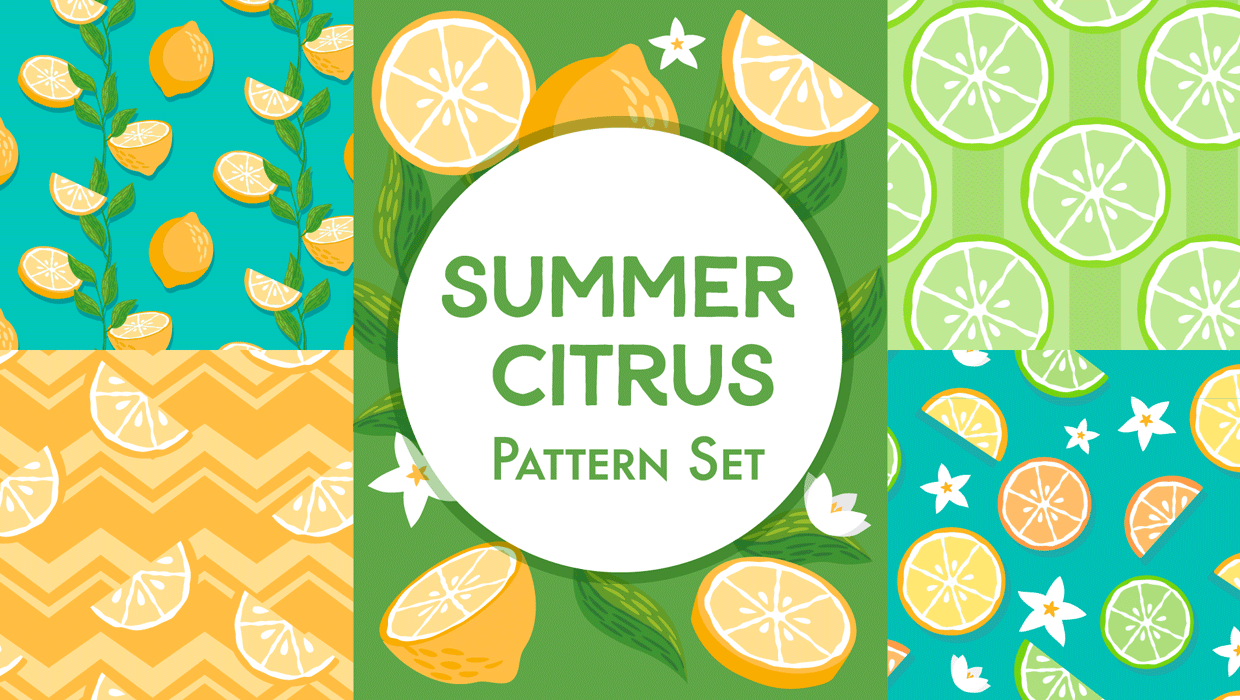
Illustrator Downloadable: Summer Citrus Pattern Set
Downloadables are an exclusive benefit for CreativePro members! (Not a member ye...
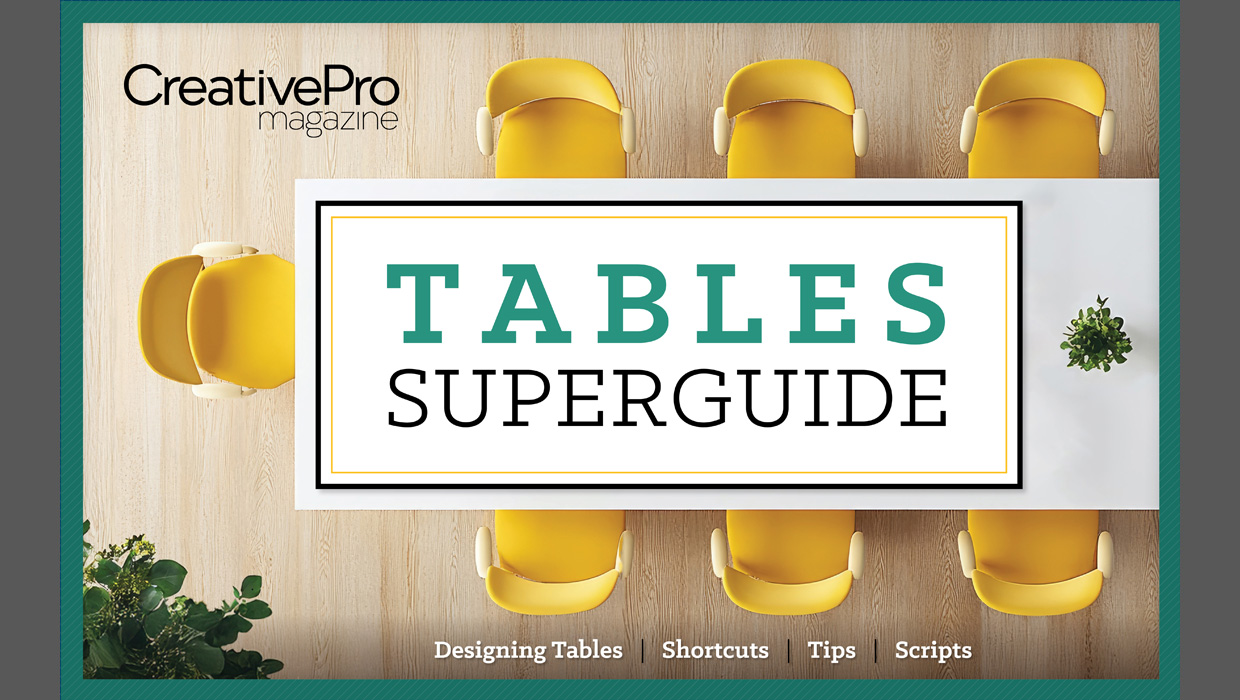
InDesign Downloadable: Tables SuperGuide
Downloadables are an exclusive benefit for CreativePro members! (Not a member ye...




